Table of Contents
Check Engine Light on Mercedes Vehicles
The Mercedes check engine is one of the most important warnings your vehicle can give you. Unlike simpler indicators (oil level, tire pressure, or open doors), the check engine light (CEL) is a broad alert that can signal a wide range of issues from a loose gas cap to major engine or transmission faults.
When ignored, what begins as a small issue can quickly escalate into expensive repairs. Responding promptly to the CEL ensures longer engine life, better performance, and safer driving. This guide explains the causes, repair steps, and preventive measures.
This article belongs to our Mercedes Check Engine Light – Complete Troubleshooting Hub, where you can explore practical solutions and detailed case studies.
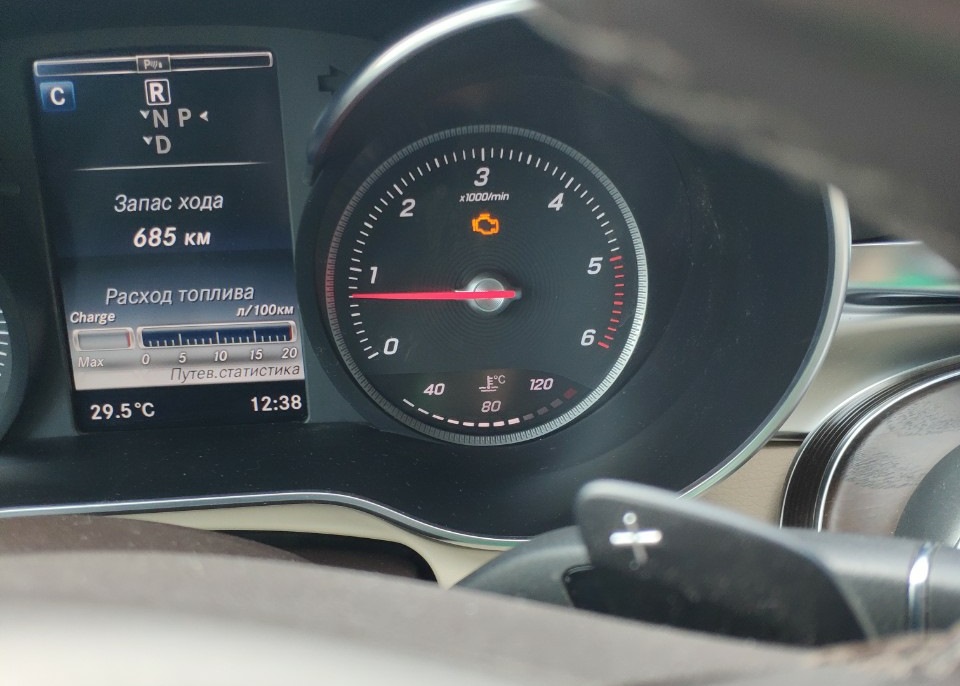
What is the Mercedes Check Engine Light?
The check engine light is part of the OBD-II system that monitors critical vehicle components such as the engine, transmission, and emission control systems.
- – Symbol: Usually shown as an orange/yellow engine icon or the words Check Engine.
- – Steady light: Indicates a minor or moderate issue (e.g., sensor fault).
- – Flashing light: Signals a severe fault such as misfires, risking catalytic converter damage.
Its role is to warn early before problems become catastrophic.

Common Causes of Check Engine Light on Mercedes
| Category | Typical Issue | Symptoms | Fix |
|---|---|---|---|
| Engine/Transmission | Misfires, worn spark plugs, faulty ignition coils | Rough idle, loss of power, CEL flashing | Replace plugs/coils |
| Emissions | Faulty O₂ sensor or clogged catalytic converter | Poor fuel economy, failed emissions test | Replace sensor/catalytic converter |
| Fuel/Air | Loose gas cap, MAF sensor fault | CEL on after refueling, stalling | Tighten cap / clean/replace MAF sensor |
| Electrical/Sensors | Crankshaft/camshaft sensor faults | Engine stalling, no start, erratic CEL | Replace faulty sensor |
| Mechanical | Vacuum leaks, faulty EGR valve | Lean mixture, rough running | Replace hoses/valve |
Troubleshooting the Mercedes Check Engine Light
Step 1: Initial Checks
- – Tighten the gas cap – A very common trigger.
- – Check performance – Rough idle, noise, or smoke can help narrow down the issue.
Step 2: Use Diagnostic Tools
- – Connect a Mercedes STAR/XENTRY or OBD-II scanner.
- – Retrieve DTCs (Diagnostic Trouble Codes).
- – Interpret codes to locate the faulty system.
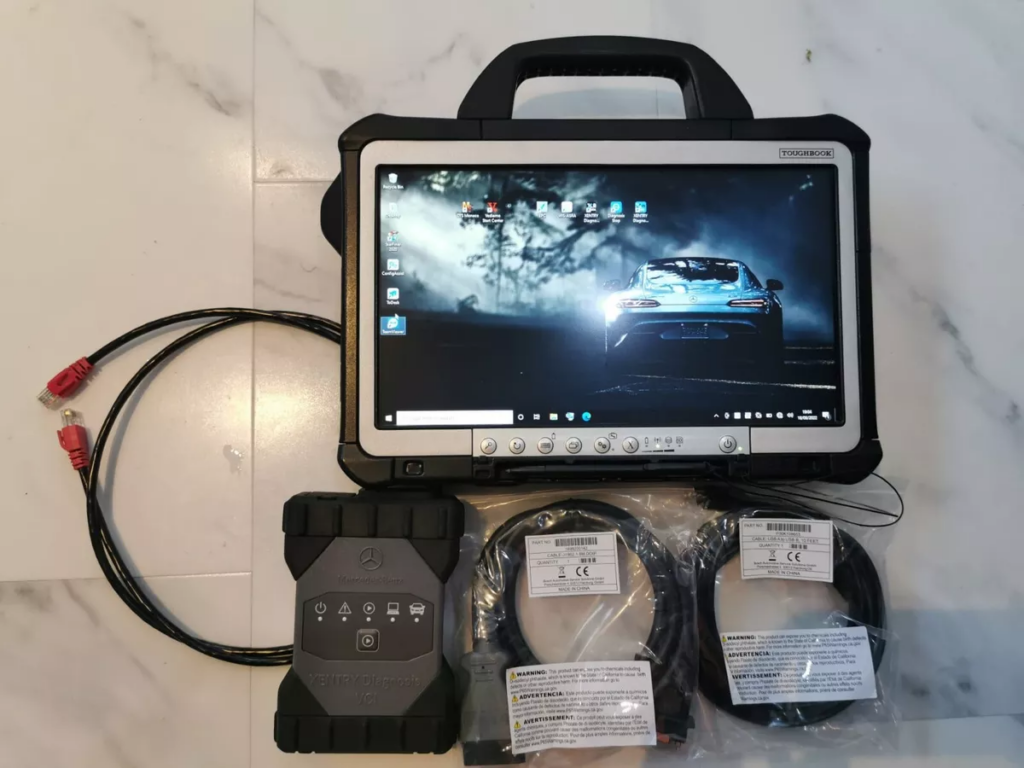
Step 3: Basic DIY Fixes
- – Gas cap replacement – <$30.
- – MAF sensor cleaning – Use sensor-safe cleaner.
- – Spark plug replacement – Swap all plugs for even wear.
- – O₂ sensor replacement – Restores fuel efficiency.
Step 4: Professional Diagnosis
If codes point to complex issues (timing chain, transmission, catalytic converter), seek a certified Mercedes technician. They can run advanced guided tests and check live data streams.
How to Turn Off the Mercedes Check Engine Light
Common Fixes
| Cause | Repair | Cost Estimate |
|---|---|---|
| Loose gas cap | Replace/tighten cap | $20–$50 |
| Faulty O₂ sensor | Replace sensor | $150–$300 |
| Spark plugs/ignition coils | Replace components | $200–$500 |
| Dirty MAF sensor | Clean or replace | $100–$400 |
| Catalytic converter failure | Replace converter | $800–$2,500+ |
Resetting the Light
- – Use OBD-II/STAR scanner to clear codes after repair.
- – CEL will also clear automatically after 20–40 km if the fault no longer exists.

Preventive Measures
- – Regular maintenance: Follow Mercedes service intervals.
- – Use quality parts: Always choose OEM plugs, sensors, and filters.
- – Monitor performance: Don’t ignore unusual vibrations, noise, or fuel use.
- – Avoid harsh driving: Smooth acceleration reduces engine strain.
- – Check fluids: Oil and coolant levels protect against overheating and CEL triggers.
FAQs
Q: Can I drive with the Mercedes check engine light on?
- – If steady: Yes, but schedule diagnosis soon.
- – If flashing: No, stop immediately to prevent damage.
Q: Does the CEL come on for oil changes?
No. That’s usually a service reminder light. However, oil pressure faults or lubrication system issues can trigger the CEL.
Q: How do I read CEL codes at home?
Use an OBD-II scanner for generic codes, but STAR/XENTRY is best for Mercedes-specific codes.
Q: Can a weak battery cause the check engine light?
Yes. Low voltage may confuse control modules and trigger false codes.
Conclusion
The check engine light in Mercedes vehicles should never be ignored. While it can indicate something as minor as a loose gas cap, it can also reveal serious issues like misfires or timing gear faults.
Explore our Mercedes Check Engine Light – Complete Troubleshooting Hub for more case studies and solutions.
Author Bio
Written by Mercedes Expert
With years of hands-on experience diagnosing and repairing Mercedes-Benz systems, he brings technical depth and practical case studies to help car owners, technicians, and enthusiasts troubleshoot complex automotive issues. His work focuses on clear repair guides, OEM-level procedures, and knowledge-sharing to empower both professionals and drivers.
Last update: September 2025

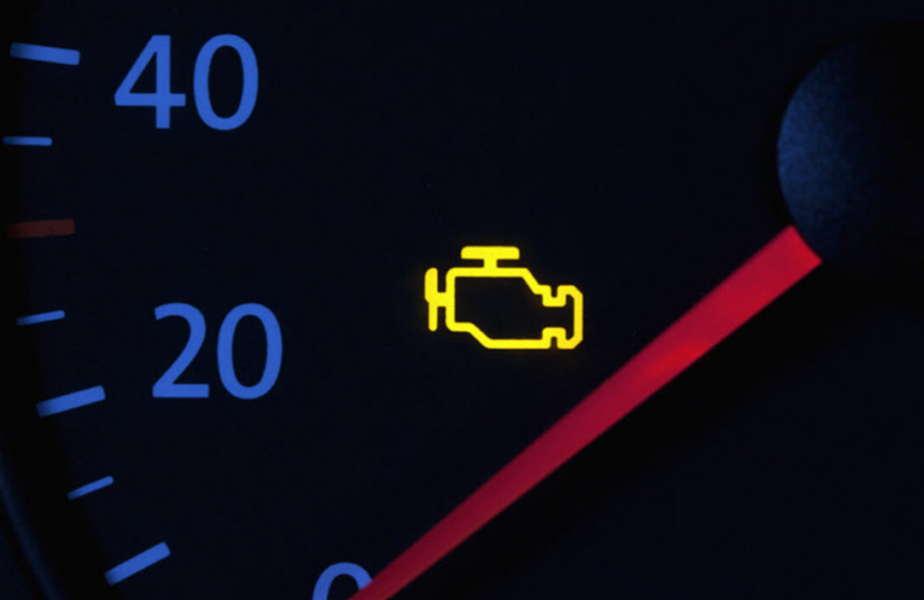
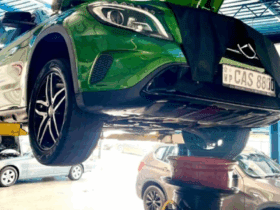
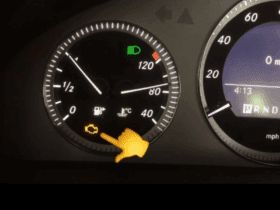
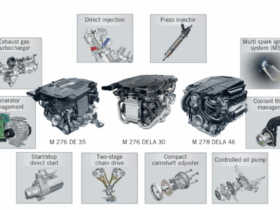

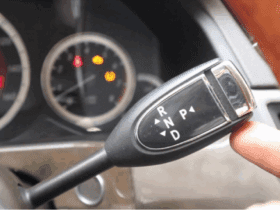
Leave a Reply